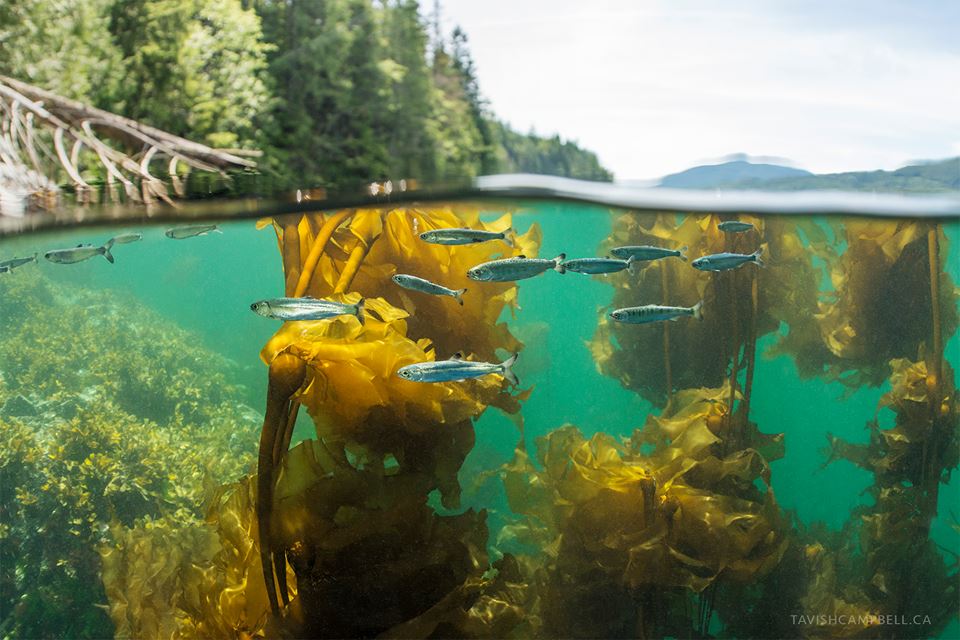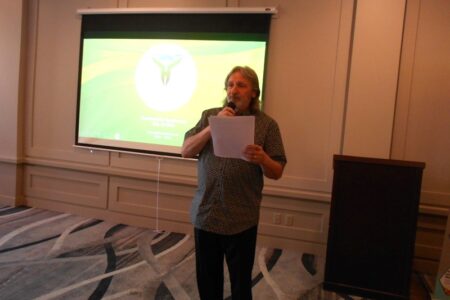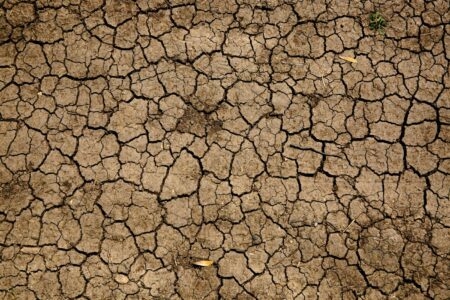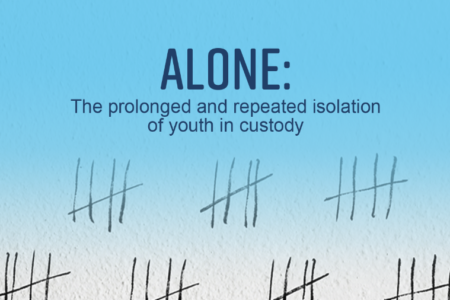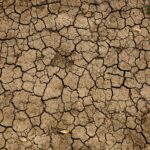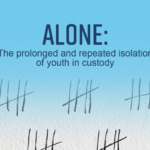Editorial thoughts before World Water Day: oceans, breathing, and the Permian extinction
How do the oceans affect life in the Kootenays? With World Water Day coming up on March 22, let’s think, not only about how lucky we are to have enough fresh water, but also about how vast and distant saltwater oceans affect us all, everywhere.
Many people have viewed the video clip of a diver swimming near Bali through a sea of plastic trash; readers who have missed it can check it out by clicking this link. But plastic, both macro and micro, is only part of the trouble brewing in the oceans.
Life in the world’s oceans has a profound effect on everyone’s lives, not just coastal dwellers. For those who need to breathe air containing oxygen (and few forms of life on earth do not need oxygen), scientists have estimated that various forms of oceanic life produce somewhere between 50% and 70% of the oxygen in our planet’s atmosphere.
Aside from the fact that many of us eat fish that spend all, or parts of, their lives in the ocean, we all breathe. We all need oxygen to live. Do we have cause for concern about that now? Well, yes. Let’s look at why.
In 2016, the United Nations Intergovernmental Oceanographic Commission formed a new working group called Global Ocean Oxygen Network (GO2NE). That group has been compiling information about the health of the oceans, and particularly about the oxygen content of ocean waters, and the oxygen-production capacity of those marine life forms which have, for so many eons, produced so much of the oxygen in the earth’s atmosphere.
Their findings have been alarming enough to convince 140 of the earth’s nations to begin a 2-year process to build an international treaty to protect the oceans: the United Nations Ocean Conservation Treaty will be intended to protect the world’s international waters, also known as the “high seas,” from illegal and under-regulated fishing and other forms of damage to marine life ̶ and, by extension, to terrestrial life.
The alarming findings? The GO2NE group, in collaboration with SFB754, has put up a website to convey its news to media, other scientists, and the general public. It’s called, aptly enough, “Ocean Oxygen” and it provides access to a number of articles outlining the problems. Some of those are accessible by links below.
In short, climate change and pollution of the oceans are making ocean waters less able to hold oxygen, and are also damaging the ability of phytoplankton and other marine organisms to produce oxygen. The seas are becoming increasingly oxygen-deprived, and if that trend continues, so will our air, and so will we all.
The area of “dead zones,” (areas with insufficient oxygen to support most life) in the open oceans have increased by 400% since 1950, and the dead zone areas in coastal waters have increased by 1000%.
These dead zones are partially attributable to excess agricultural chemical run-off and other waste products that are dumped or washed into the oceans. Maps of the coastal dead zones show that they occupy parts of the ocean bordering large centres of human civilization and areas where major rivers enter the sea from heavily populated regions.
The dead zones are extreme examples of deoxygenation, but they’re growing, and deoxygenation is increasing in the open ocean too.
Can humans reverse the deadly trend of ocean deoxygenation that we’ve caused? Ocean scientists have long called for the creation of large marine protected areas, and for regulation of fishing in international waters. But the new treaty will have to work with the authority of existing bodies such as the International Seabed Authority (intended to regulate deep sea-bed mining) and the International Whaling Commission.
Recently, geologist Dr. Benjamin Burger has found evidence that he thinks strongly suggests a new explanation for the severely deoxygenated oceans that occurred during the world’s worst known extinction event so far; during the Permian extinction, also known as “the great dying,” about 252 million years ago — even before dinosaurs roamed the earth – an estimated 96% of all the world’s species were killed off.
Over the years, many scientists have proposed different theories about what caused the Permian extinction. Based on his findings, Burger now believes that the Permian extinction was caused by burning coal.
Not by humans burning coal, because we weren’t around yet, but by a massive layer of underground coal deposits catching fire, possibly from magma, causing a rapid rise in the atmosphere’s sulphur and carbon dioxide content; for a very readable description of the train of events he suggests took place to eliminate most of the life on earth at that time, and the evidence supporting his theory over previous attempts to explain the Permian extinction, read this fascinating article:
In 2011, researchers at the Massachusetts Institute of Technology (MIT) assessed the rate of carbon dioxide build-up in the atmosphere prior to the Permian “great dying” and compared it with the rate of today’s rise in atmospheric carbon dioxide. They found that we are raising the level of atmospheric carbon dioxide a bit faster now. Here’s a link to that article: http://news.mit.edu/2011/mass-extinction-1118
We humans have enormous changes to make in how we live, and how our economy functions, to avoid the potential for another extinction event to rival the Permian. Can we do it? Time, and eventually the geologic record, will eventually tell our story if we aren’t around to do it. But it could be a long, long time before anyone might read that record; it took the remaining vestiges of life ten million years (or so) to re-establish a new web of diverse life forms on planet Earth after the Permian extinction, and many millions of years more before humans evolved and could eventually learn things from rocks instead of just making things from them.
Discouraged by all this? For a bit of music therapy, try listening to Paul Simon’s “Hurricane Eye” with its strangely on-point lyrics.
To learn more about ocean deoxygenation in our current age, and the other topics mentioned here, try reading the material at the links below.
https://www.nationalgeographic.org/activity/save-the-plankton-breathe-freely/
https://news.nationalgeographic.com/2017/12/un-high-seas-conservation-treaty-ocean-protection-spd/


